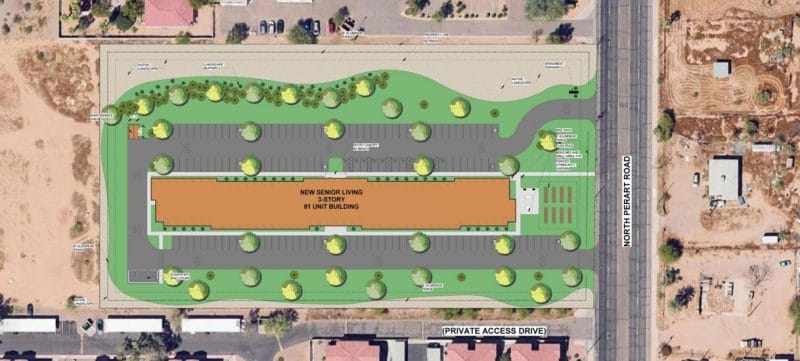
In new healthcare systems, ‘the doctor’ is increasingly a team. Can actual physicians adapt?
By Sophie Quinton | POLITICO
 ENVER — When patients go to see Dr. C.T. Lin for a checkup, they don’t see just Dr. Lin. They see Dr. Lin and Becky. Becky Peterson, the medical assistant who works with Lin, sits down with patients first and asks them about their symptoms and medical history—questions Lin used to ask. When Lin comes in the room, she stays to take notes and cue up orders for tests and services such as physical therapy. When he leaves, she makes sure the patient understands his instructions.
ENVER — When patients go to see Dr. C.T. Lin for a checkup, they don’t see just Dr. Lin. They see Dr. Lin and Becky. Becky Peterson, the medical assistant who works with Lin, sits down with patients first and asks them about their symptoms and medical history—questions Lin used to ask. When Lin comes in the room, she stays to take notes and cue up orders for tests and services such as physical therapy. When he leaves, she makes sure the patient understands his instructions.
The division of labor lets Lin stay focused on listening to patients and solving problems. “Now I’m just left with the assessment and the plan—the medical decisions—which is really my job,” Lin says in a quiet moment after seeing a patient at the Denver clinic where he works.
For generations, when Americans sought health care, they went to see their family doctor. But these days, they’ll often sit down with a physician assistant or nurse practitioner instead. Or they’ll spend a large part of their visit talking to a non-doctor, like Peterson, who takes care of an increasing number of tasks doctors used to handle.







